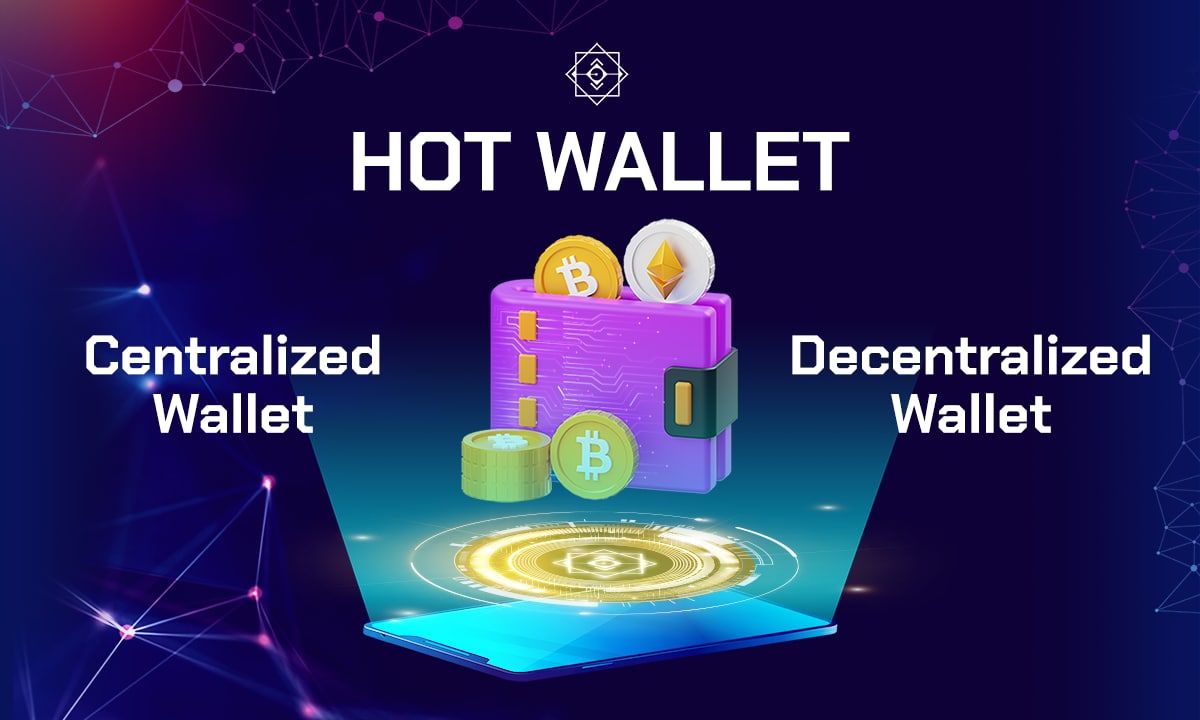- Blog
- Crypto News
- MULTICHAIN - THE FUTURE OF BLOCKCHAIN
MULTICHAIN - THE FUTURE OF BLOCKCHAIN
The scalability limit has spurred many blockchain networks to coexist. This has opened up the new problem of inter-chain communication/interoperability. One of the solutions that is highly appreciated by experts is the Multichain solution.
Until recently, each blockchain was designed as a separate, independent ecosystem. However, as decentralized finance grows in popularity, the issue of blockchain interoperability is becoming more pressing than ever. Companies repeatedly emphasize the importance of bringing together major blockchain platforms. “Bridge” solution is the second direction to solve cross-chain interoperability, however, this solution has certain limitations such as:
- Expense: A new cross-chain bridge must be created for each pair of blockchains, which is costly for developers and inconvenient for users.
- Ownership and transfer of NFTs: It is not yet known how cross-chain bridges confirm the authenticity of NFTs transacted on multiple blockchains. For example, if an NFT is bought and sold on multiple marketplaces on different blockchains, how are all these transactions and owners accounted for?
- Network overload protection: Blockchain bridge is a new technology, it is difficult to predict what they will look like if a chain is congested.
- Hackers’ attack: In regards to the previous point, cross-chain bridges can be vulnerable if they haven't been thoroughly tested. In July last year, hackers withdrew $4 million from Defi projects due to a vulnerability in ChainSwap. The TronChain protocol was hacked twice, with a total loss of about $13 million. A hack into Poly Network took place in August 2021, when a hacker stole a total of $611 million in various cryptocurrencies.
Multichain refers to a more holistic direction: connecting all blockchains together as a single platform. We can easily see the blockchain today as the Internet in its infancy: fragmented and exists independently. Therefore, cross-chain interoperability will help create a cross-cutting and multitasking large network, with infinite scalability.
Some of the current major projects are applying this orientation to the future development of blockchain such as Polkadot and Cosmos. Connecting layer 1 blockchains together on a Layer 0 - as Polkadot and Cosmos are doing - is a more secure solution because projects built on it will inherit the security system of the original platforms - systems that have been thoroughly tested and experimented on. At the same time, the original layer 0 platforms will help handle the basics of infrastructure, making it easier for layer 1 projects to build on, focusing on perfecting the application, features and interface.
Because it is not possible to have just one blockchain network to meet the needs of all mankind, multichain is the inevitable destination and the key to the widespread application of blockchain technology. On a smaller scale, many blockchain dApps and wallets today also aim to support connecting various blockchain networks.
3S Wallet is a multichain wallet application, built on three pillars of Simplicity, Security and Safety. The goal of 3S Wallet is to simplify the user experience when entering the crypto market and learning about blockchain technology. 3S Wallet currently supports more than 13 different popular networks, including Layer 2 scaling solutions, and will integrate more networks in the future. The 3S Wallet development team believes that Multichain is the inevitable goal of blockchain and, therefore, multichain support is an important criterion to help optimize the user experience and take advantage of the potential of new technology.
In addition, 3S Wallet is currently implementing a Rewards program with an attractive participation mechanism to help users earn more income. Anyone using 3S Wallet can try the feature by inviting friends to use 3S Wallet and get passive income with your own system up to $20 for each successful referral.
Detailed instructions for 3S Wallet's Rewards feature here.
Published on February 23, 2023
Tagged topics







